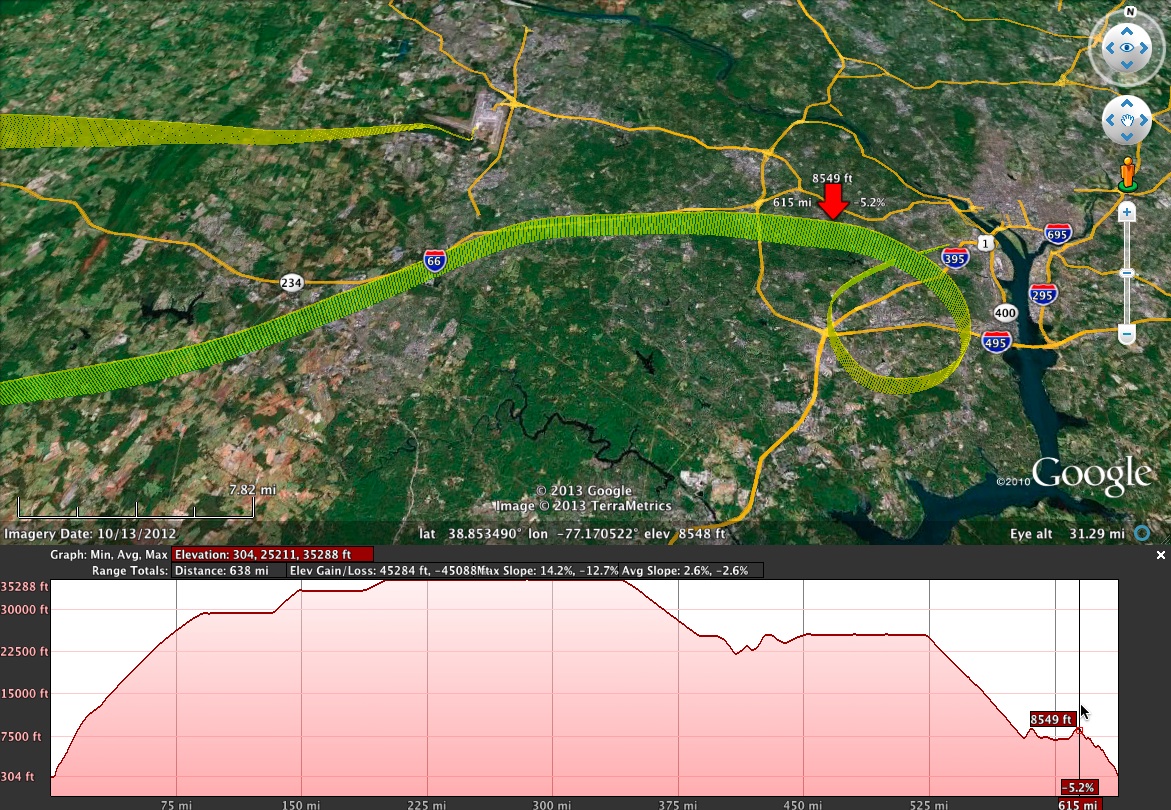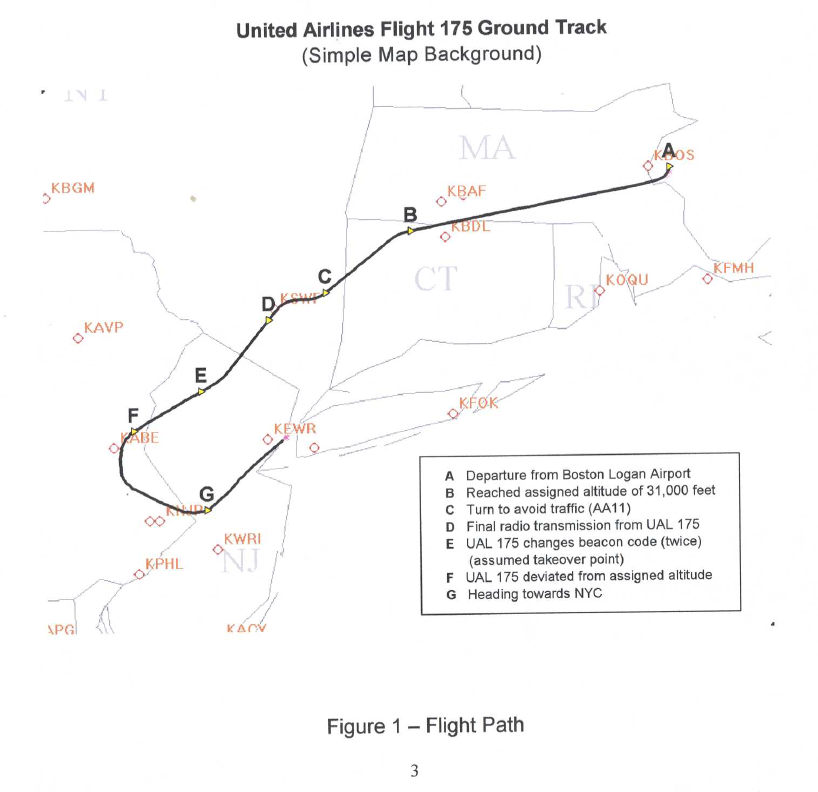This subject has become a bit of a circular argument that first of all has to accept some basic hard 'assumptions' on board to start to make any sense. For instance, if such planes are difficult to control at sea level, at such speeds, then the skill level of the pilot becomes very important in the debate. Experimentation using skilled pilots with hundreds of hours on these planes has shown that, in a simulator, they struggle to duplicate the amateurs success.
There are mysteries within mysteries too. If an amateur could see the towers from 50 miles out why did the first one fly down the Hudson rather than dive in straight ? Why go past the target and perform a stunningly accurate descending left turn ? Radar shows that the turn was done at very high speed, with a perfect arc, and no control corrections made to the course from the first setting of that turn to come exactly in line with the centre of its target.
Its like you driving a car down the side of a half mile wide runway at its maximum speed, and when you are level with a cone set at the opposite edge of the runway you set the steering wheel into a turn - dont adjust that turn at all - allow for understeer as you do that - and still at max speed, curve that half mile to strike the cone. No course adjustment allowed.
And an amateur did that when pros can't.
Im not sure that I agree that planes would be uncontrollable at observed speeds, but there is a big difference between controlling one, and carrying out incredibly difficult manouvers that were un-necessary if its far easier to simply point and hit from miles out. A similarly difficult diving turn occured at the Pentagon too. And there pilots also worry about the extra problem of ground effect coming into play, and say that at that speed and a few feet from the ground - wheels up - control would be well beyond their skill level if in manual flight.
Thats why @
Mick West says that many people suspect some kind of remote or computer control at play. Open that can of worms at this point and start ten new threads.



